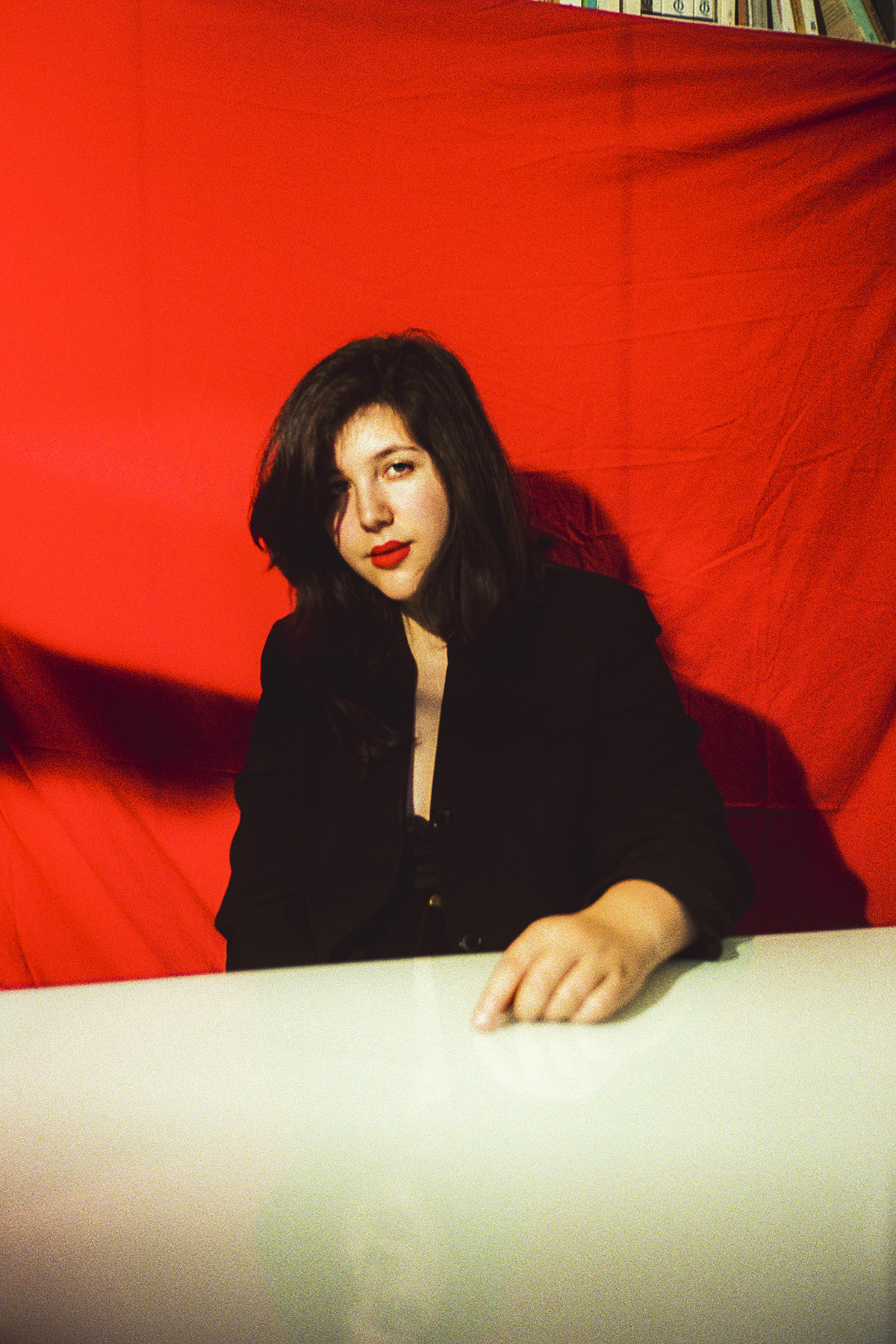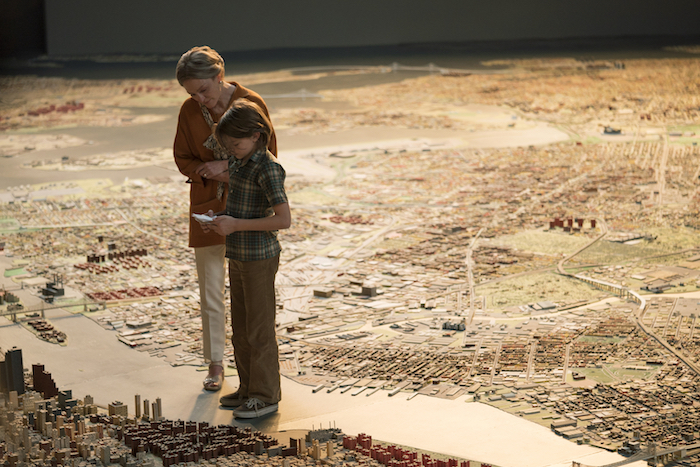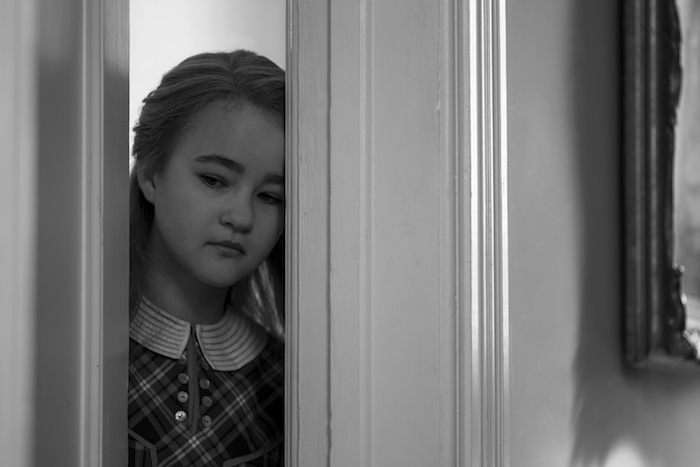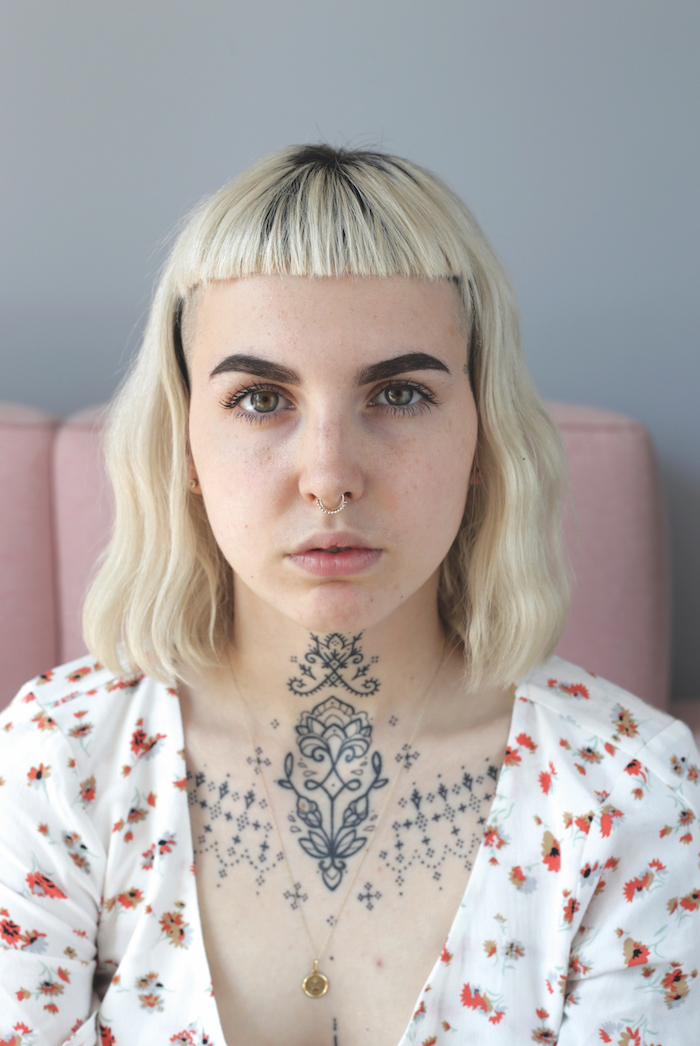
Photo: Dustin Condren
Lucy Dacus is a performer of substance. Her lyrics are heady with the heat and rage of teenage diaries and her live performances are whirlwinds of guitars and bittersweet words of loss, love and the day-to-day dramas of life. She’s touring the UK with her second album Historian, a lush follow up to her debut Nonbeliever. Check her out in Bristol, London and Brighton this week.
How would you compare your two albums? The first one feels like a specific time and place. I remember singing on those songs – and I'd never heard myself singing to a band before. So, what you hear is also the first time I hear myself sing to drums. We did it in, like, a day. So I had no adjustment, that was my first recording experience. It was very fresh and I guess people have responded to that. Thing is, since the writing process is so elusive to me, I can’t really pin down how it happens. Everything past that first moment of writing lyrics is intentional. Once I’ve realised the message, I can see where it came from and what it will be, but in the moment I can’t really see what it is. I like the shift of this album though, they’re kind of like, the heavier, louder songs. So just pushing people to expect something a little bit different, less sweet from me especially live shows.
Do you enjoy touring? I love touring! I love being there in the moment, the only thing I don’t love is what isn’t there – my friends and family, and my house. But love that I get to read more than when I’m home. Because when I’m home, it’s all about connecting with those people and catching up. And trying to make up for lost time and all of the disconnects that inevitably happen. But touring is one of the best parts of the job. I don’t drive, but I like the act of travelling, I like seeing new places. In fact, in Europe it's even better because it feels new, and much shorter distances. I love touring Europe because every night is a different language whereas in the US, some cities look really similar. I know I am gonna be on the road from noon to 4pm between these cities in like two months and who knows what I'm gonna do during those hours. I can fill it with the reading and no one's going to require anything from me during that time and it's built in alone time.
We’re also avid readers, what’s your current pick? Well right now I’m reading Susan Sontag’s, Regarding The Pain of Others. She’s great, I’ll read literally anything she’s written. I bought it yesterday at this place called Broadway Books. It’s so great, I bought five books. Why is it that British editions of books are better looking than the US editions? Why do you guys just have better taste? But I think what has influenced me a lot when writing this album is Anna Karenina, it has these two character who are grappling with life and death. I love characters, poetry and watching movies, these things all help me. I think external things help you to each inside.
What kind of child were you? Very dreamy. I was kind of too creative for my own good. My parents had a rule when I was young, that I could never say that I was bored. They taught me that the word bored was like a curse word. Like the equivalent to legitimate curse words so I had to find ways to not be bored because I would be punished by having to draw. They’d be like; "you can’t be bored, sit in the corner and draw your favourite animal." Which is hilarious punishment within itself. And I still feel that I don’t get bored, ever.
How do you feel about giving a lot of yourself? You’re writing about you, your life and real relationships. When I'm writing, I'm not giving myself to somebody else I’m just giving it. What I'm saying is what I am saying to myself. And that is step one, is to give yourself to yourself. That’s the most important thing and beyond that, sharing it is separate. I think it was more of a pull from the community that I grew up in. Asking me to play shows. I had friends in bands who just wanted to hear it. It actually took people telling me, like ‘you should do this, I want to hear it.’ And that’s why I think children’s programmes are so important like creative programmes that say; ‘what you make matters’.
What advice would you give to young women who want to be sitting in your seat right now? I don’t want to say anything too cheesy but don’t get caught fulfilling other people's dreams. I've had to learn recently that a lot of people want to do music and a lot of people want to be in the limelight and just want an audience and think they know what that looks like and what that feels like. Your journey is different to anyone else’s and also if it's your work, it's your work. Don’t be bugged down by industry people or your own band. Especially men, but people in general: don’t let people live out their wildest wet dream of being a rockstar on your belt. I've dealt with that a couple times over now. I’ve had conversations with people asking what going on or asking for change and then if people can’t break out of their expectations then you can’t carry that weight around and I can’t so specifically if I’m talking to ladies, that’s my advice.
Give Lucy a follow on Instagram, @lucydacus.



